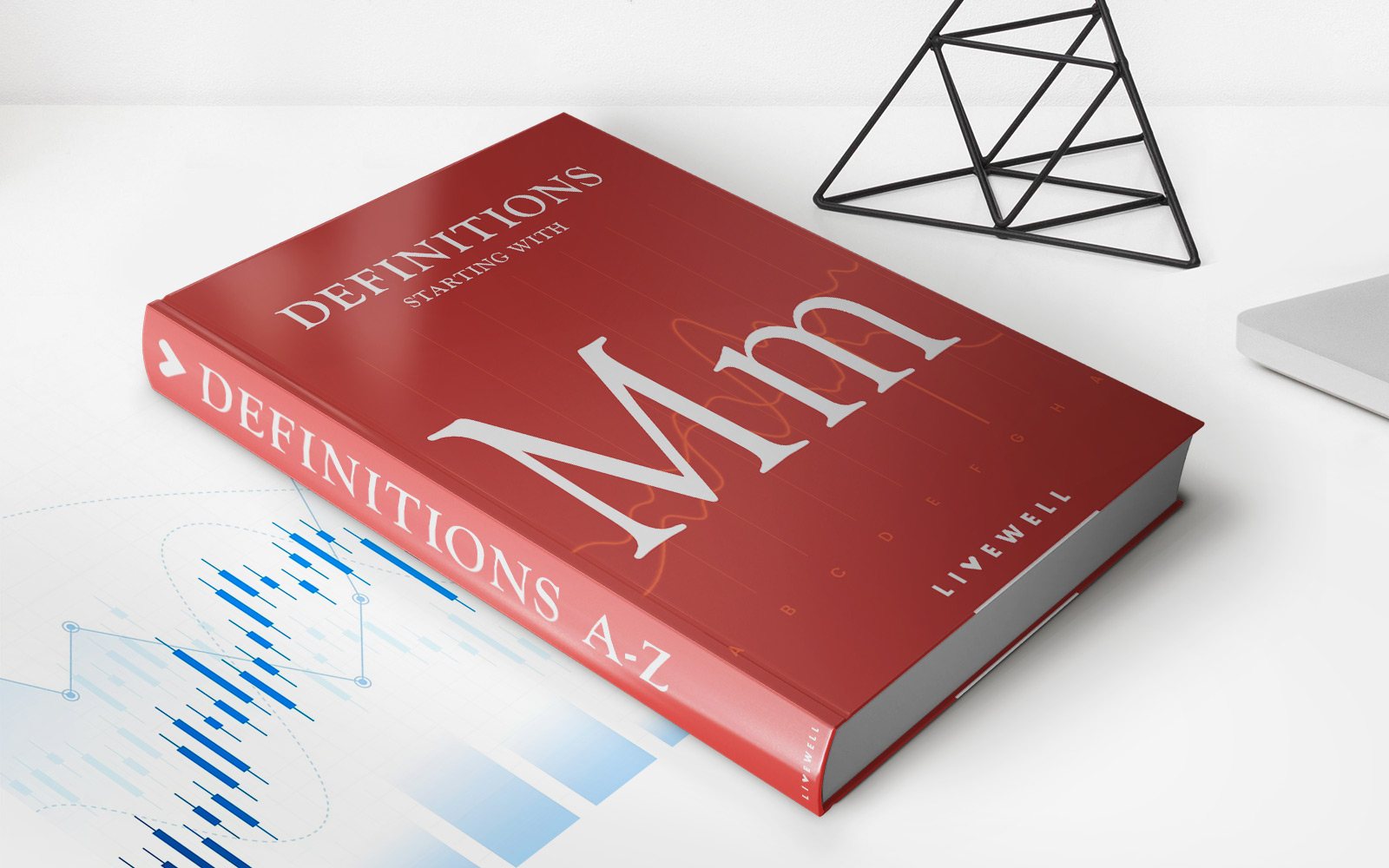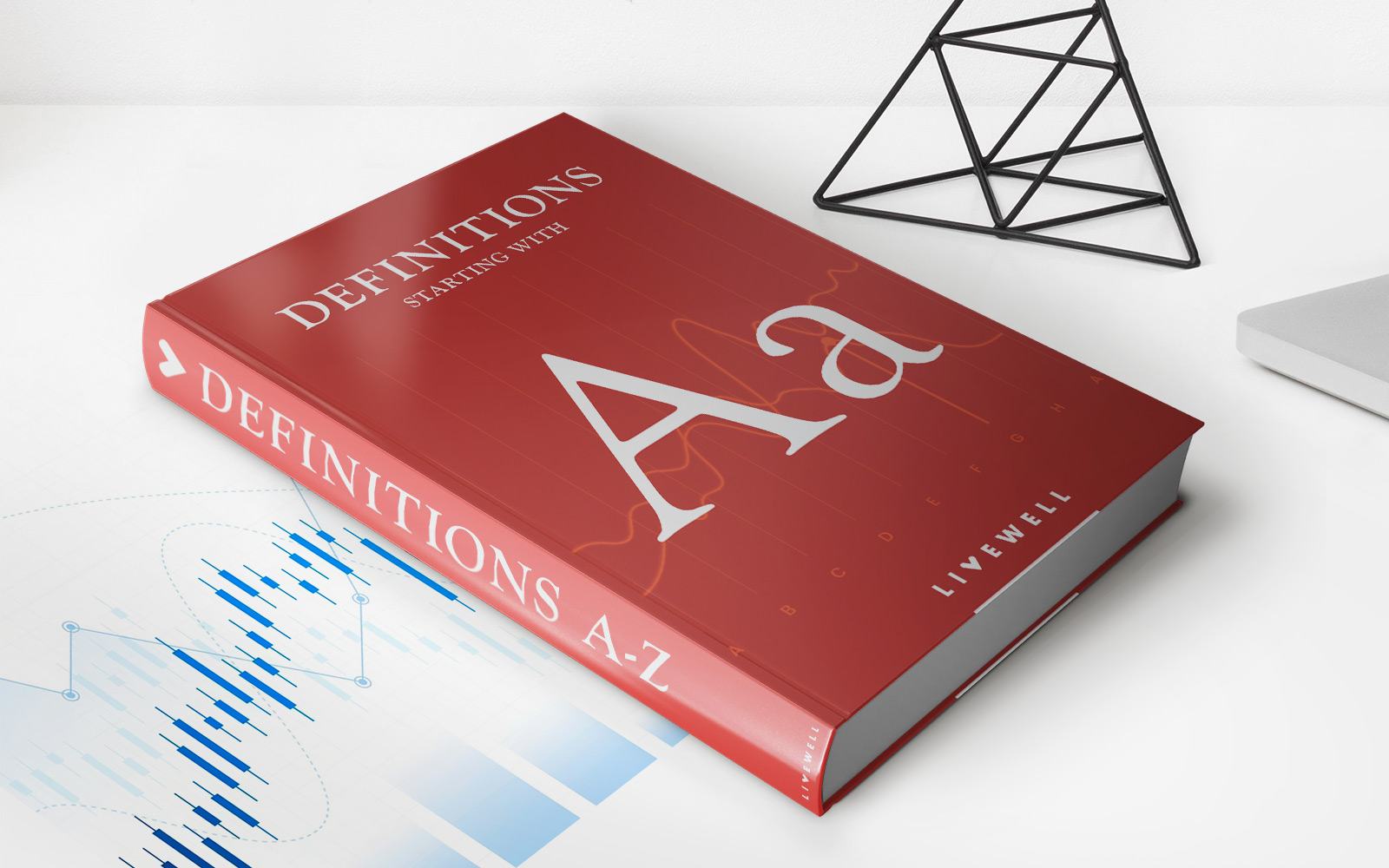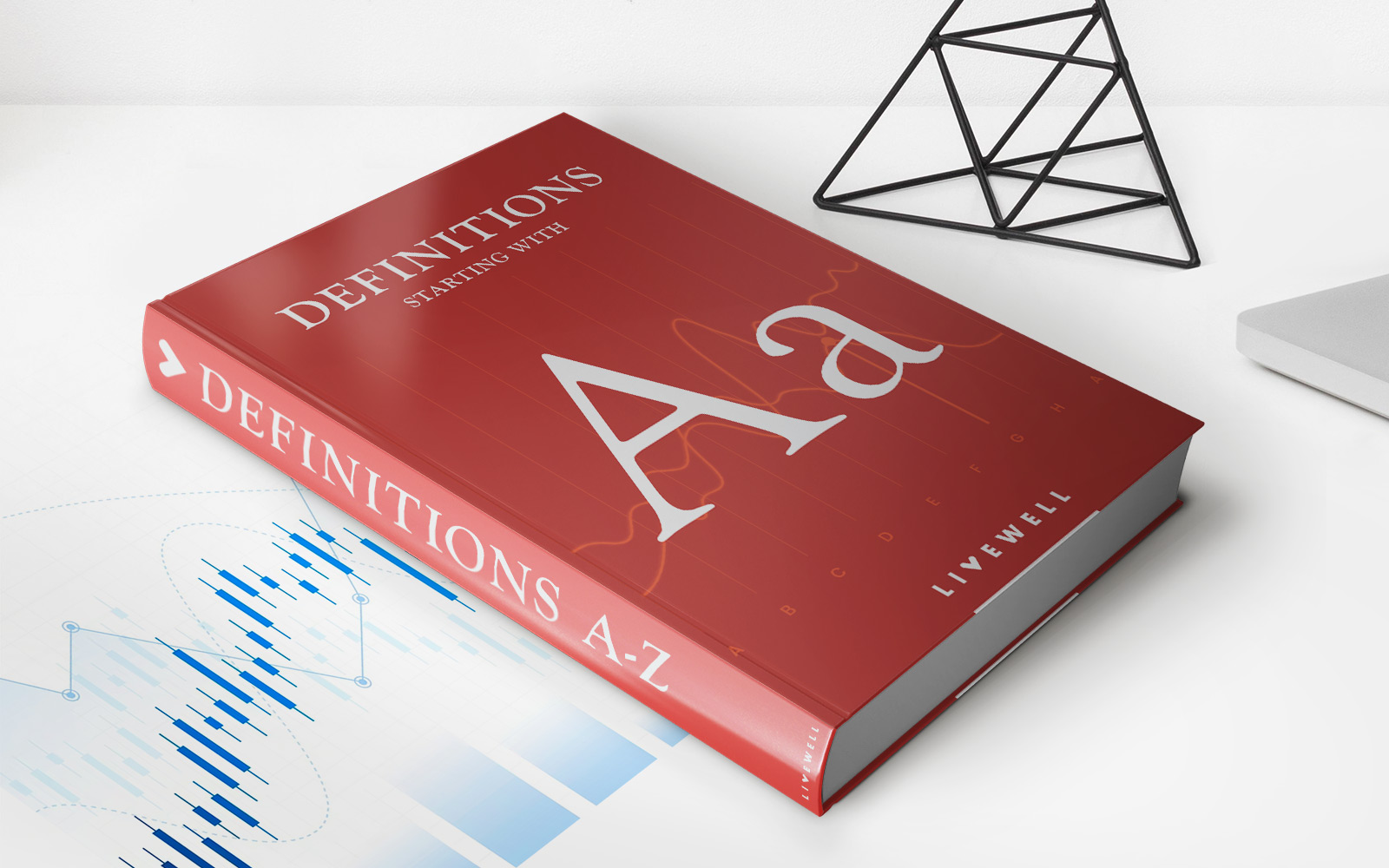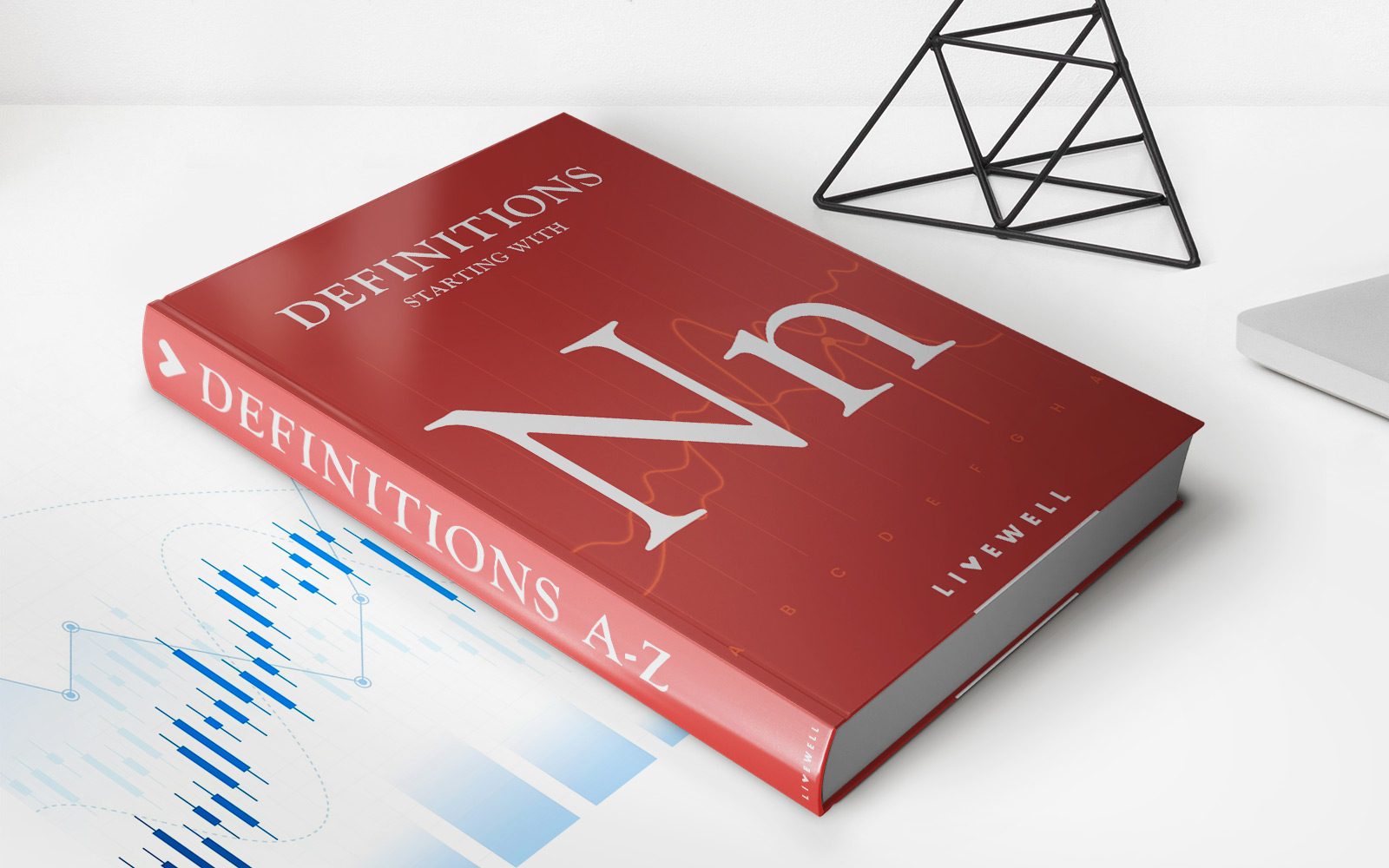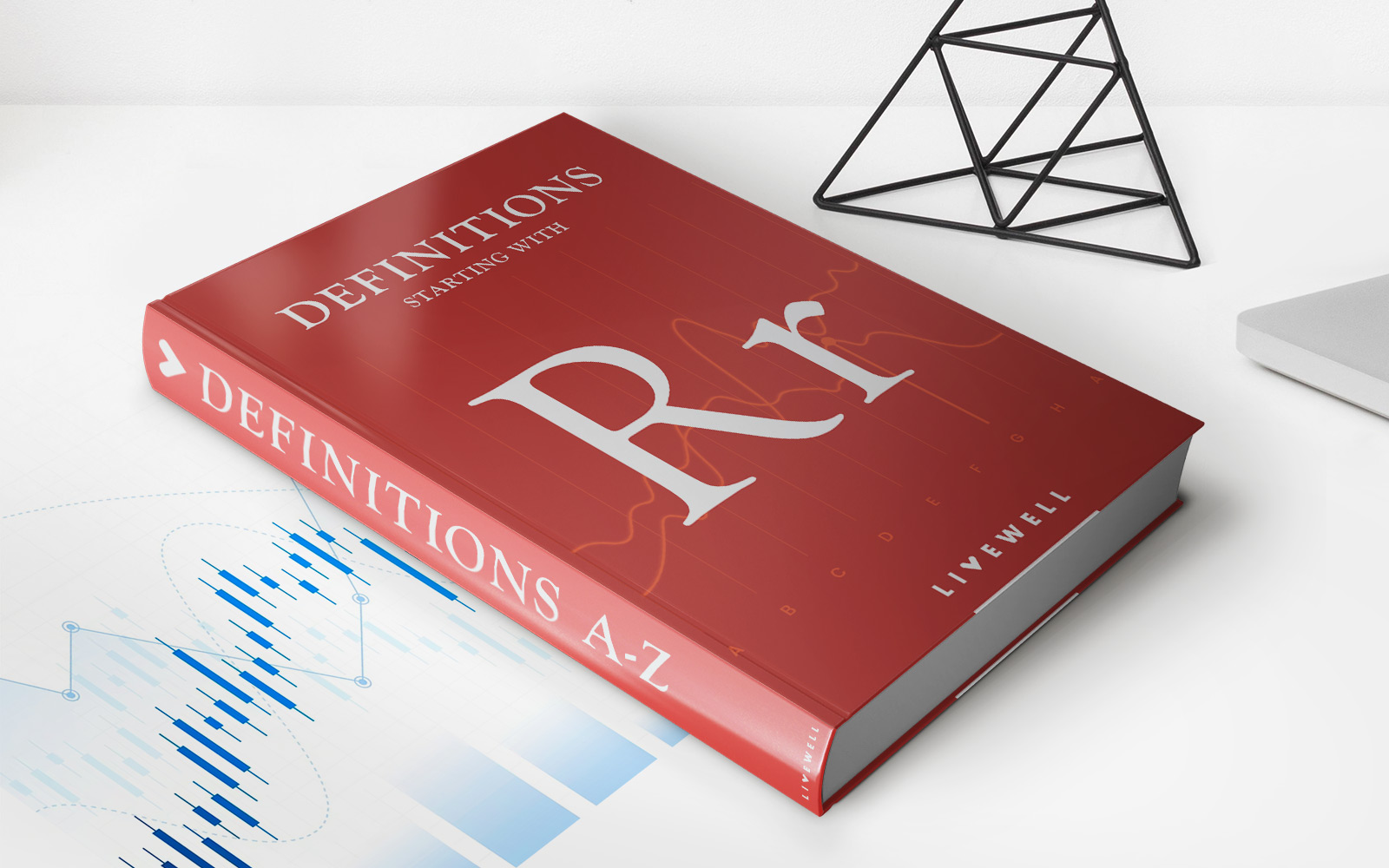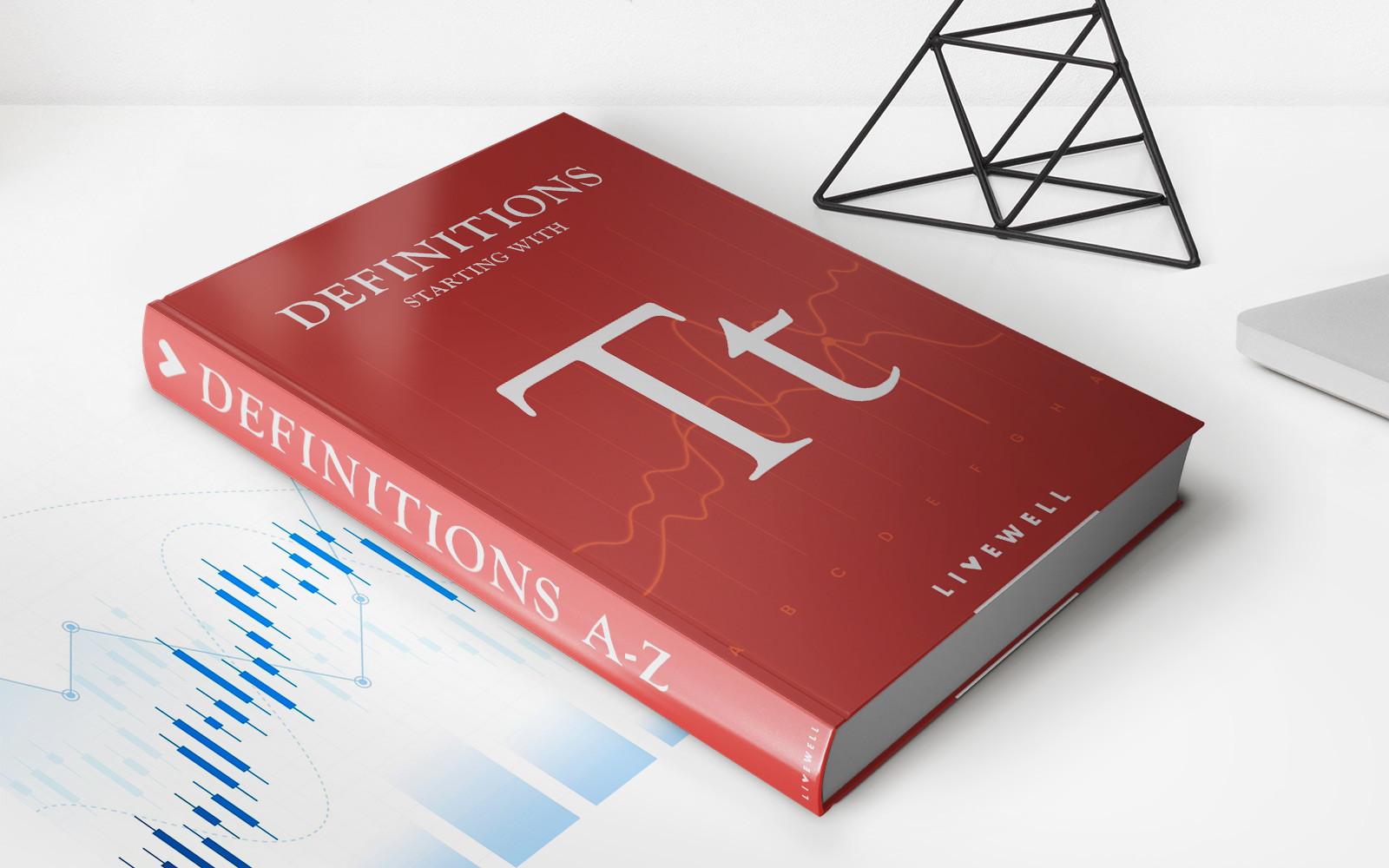Home>Finance>Nonfinancial Asset: Definition, How It’s Valued, And Examples
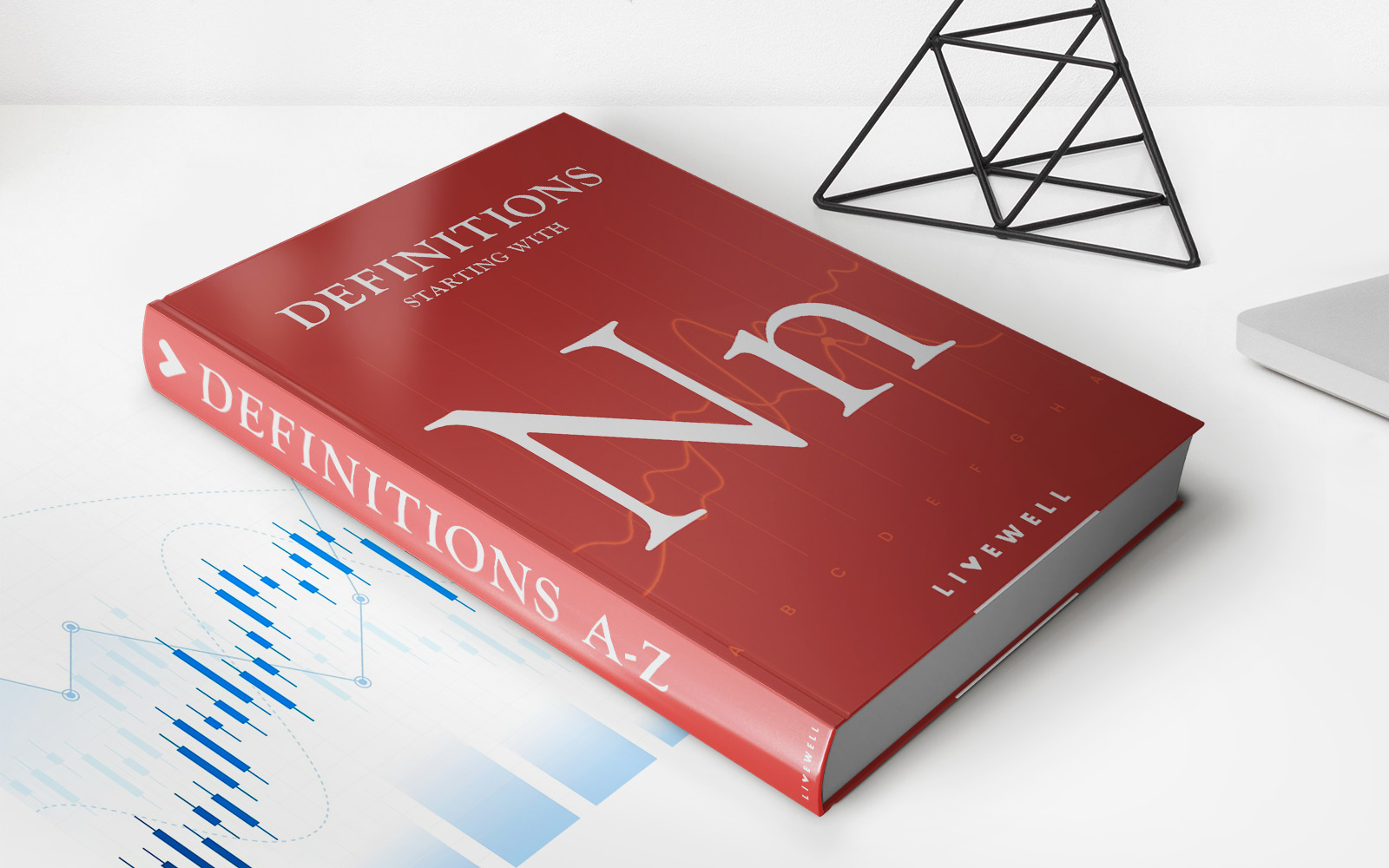

Finance
Nonfinancial Asset: Definition, How It’s Valued, And Examples
Published: January 1, 2024
Learn everything you need to know about nonfinancial assets in finance, including their definition, valuation methods, and real-life examples.
(Many of the links in this article redirect to a specific reviewed product. Your purchase of these products through affiliate links helps to generate commission for LiveWell, at no extra cost. Learn more)
Unlocking the Power of Nonfinancial Assets
When it comes to building a strong financial portfolio, many people focus solely on stocks, bonds, and other traditional financial assets. However, there is another valuable category of assets that often goes overlooked – nonfinancial assets. In this article, we will define what nonfinancial assets are, discuss how they are valued, and provide examples to help you better understand their importance in your overall financial strategy.
Key Takeaways:
- Nonfinancial assets are tangible or intangible assets that do not have a financial nature, such as real estate, intellectual property, and natural resources.
- Valuing nonfinancial assets can be challenging due to their unique characteristics and the absence of a widely accepted market price.
What Are Nonfinancial Assets?
Nonfinancial assets, also known as real assets, are assets that do not have a direct financial value but still hold significant worth. These assets can be both tangible and intangible, encompassing a broad range of items that contribute to your overall net worth.
Tangible nonfinancial assets include:
- Real estate properties, such as residential homes, commercial buildings, and land.
- Vehicles, such as cars, motorcycles, and boats.
- Machinery and equipment used in business operations.
- Artwork, antiques, and collectibles.
Intangible nonfinancial assets include:
- Intellectual property, such as patents, trademarks, and copyrights.
- Brand names and goodwill associated with a business.
- Software and computer programs.
- Customer databases and proprietary technology.
Valuing Nonfinancial Assets
Valuing nonfinancial assets can be more challenging compared to financial assets like stocks or bonds, primarily due to the absence of a widely accepted market price. The value of these assets often depends on various factors, including supply and demand, condition, location, and the specific characteristics of the asset itself.
When it comes to real estate, professional appraisers are typically consulted to determine the market value of a property. They consider factors such as location, condition, comparable sales, and potential rental income when assessing its worth.
For intellectual property assets, valuation methods may include analyzing historical earnings, market demand, and potential future cash flows. Consulting experts in the respective fields can help assess their value accurately.
Examples of Nonfinancial Assets
To further understand the significance of nonfinancial assets, here are a few examples:
- Real Estate: Owning residential or commercial properties can provide a steady stream of rental income and potential appreciation over time.
- Intellectual Property: Companies that own patents can generate significant revenue through licensing or selling their inventions to other organizations.
- Artwork and Collectibles: Valuable artwork or collectibles, such as rare coins or stamps, can be not only a source of enjoyment but also a potential investment, as their value can appreciate over time.
- Brand Name and Goodwill: Established brands often have significant value due to customer loyalty and brand recognition.
It’s important to note that nonfinancial assets are not without risks. They may require ongoing maintenance, can be affected by market fluctuations, or may not provide immediate liquidity. Therefore, it’s crucial to diversify your investment portfolio and consult with financial advisors to make informed decisions.
Conclusion
Nonfinancial assets are an essential part of any well-rounded financial strategy. By diversifying your portfolio with tangible and intangible assets, you can minimize risk and potentially enhance your overall net worth. While valuing nonfinancial assets can be challenging, seeking professional advice and understanding their unique characteristics will help you make informed investment decisions. So don’t overlook the power of nonfinancial assets – they may hold the key to long-term financial success.
Disclaimer: This article is for informational purposes only and should not be considered financial advice. Consult with a professional financial advisor before making any investment decisions.
